How to install an AEG washing machine?
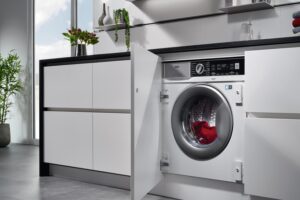 In fact, installing an AEG washing machine on your own is not difficult. The problem may arise with the fact that the manufacturer often prohibits users from connecting the machine themselves, otherwise the warranty will simply be void. It is very important to clarify this point in the store when purchasing a washing machine. If there is no prohibition on self-installation, you can begin work. We'll tell you where to start and how to properly connect the machine to home communications.
In fact, installing an AEG washing machine on your own is not difficult. The problem may arise with the fact that the manufacturer often prohibits users from connecting the machine themselves, otherwise the warranty will simply be void. It is very important to clarify this point in the store when purchasing a washing machine. If there is no prohibition on self-installation, you can begin work. We'll tell you where to start and how to properly connect the machine to home communications.
Initial actions
When the courier delivers the washing machine, you need to carefully inspect its body again. It is often during transportation that equipment is damaged. Therefore, you can sign the acceptance certificate of the device only after making sure that the equipment was delivered intact and safe.
After releasing the courier, let the machine “sit” at room temperature for several hours. During this time, it is advisable to study the user manual. The instructions for the washing machine provide all the necessary information: rules for connecting, operating and caring for the equipment.
First, the transport bolts must be removed from the body of the automatic machine.
The latches are located on the rear panel. They are necessary to secure the tank so that the tank does not “dangle” during transportation and does not damage the body and internal elements of the washing machine. Starting the automatic machine with the transit bolts installed can cause serious damage to the equipment. Such a breakdown will be considered non-warranty.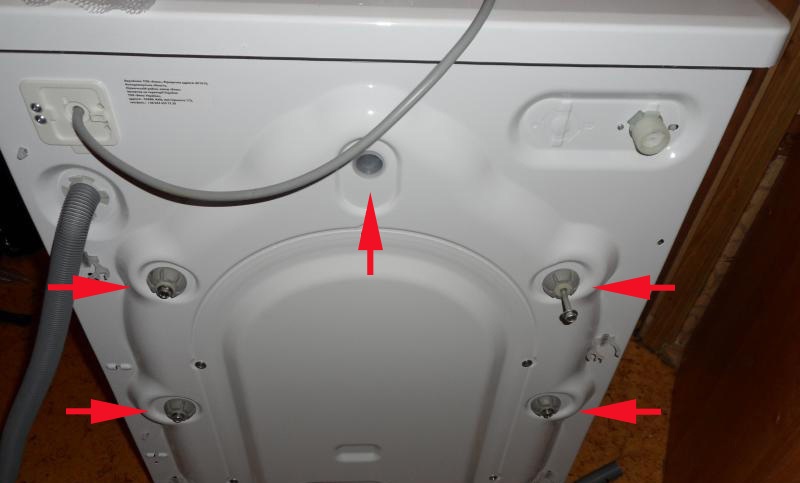
To remove the transport screws, you will need an appropriately sized wrench or pliers.After removing the bolts, it is necessary to close the resulting holes with special plugs that come with the machine.
Place for washing machine
Before connecting the equipment with your own hands, it is important to choose the optimal place to place it. Usually the washing machine is installed either in the kitchen or in the bathroom. This is convenient, since all house communications “pass” nearby. Usually, the location is chosen long before the purchase of equipment. The free space is measured and an automatic machine of the appropriate dimensions is selected. When purchasing built-in appliances, be sure to think about the facade. The door of the furniture set must match in size and hang on the special hinges of the washing machine without any problems.
The floor under the washing machine must be level, hard and durable.
It is important to understand that the floor under the automatic machine must be strong and level. Ideally, it should be concrete or tiles. If you plan to install equipment on boards, they should first be well strengthened. It is better not to place the washing machine on the laminate - even after a small leak, the coating may bubble.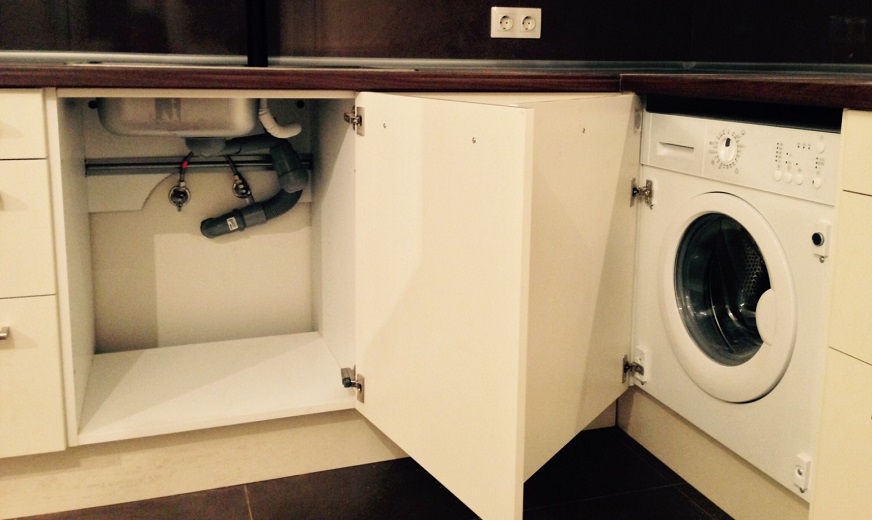
When choosing a location for installation, make sure that the inlet hose and drain hose are long enough to connect the washing machine to the water supply and sewerage system. After checking that the machine will accurately “fit” into the area prepared for it, you can begin further work.
We organize power supply correctly
It is equally important to plan how the washing machine will be connected to the power supply. According to the regulations, for an automatic machine it is necessary to provide a separate outlet with grounding and the required voltage. The electrical point must have a moisture-proof cover.
The length of the power cord for AEG machines is approximately 1.5 meters. For this reason, the socket must be located near the machine. It is better not to use an extension cord - this is not recommended by washing equipment manufacturers. The safest way is to connect the washing machine directly to an electrical outlet.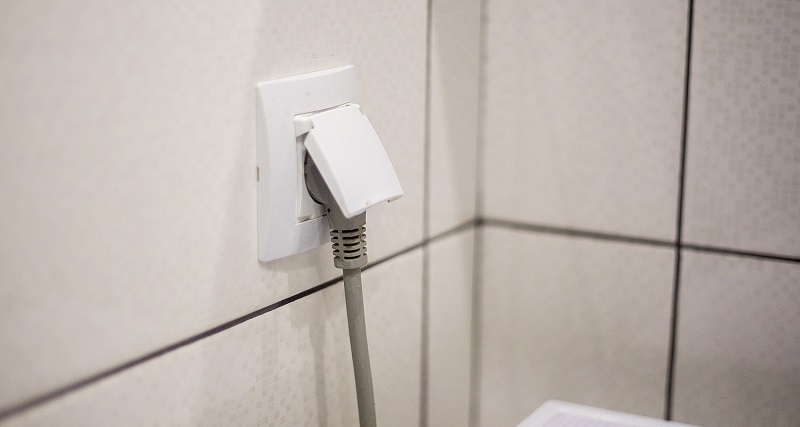
Many housewives face a similar problem: when touching a running machine, an unpleasant tingling sensation is felt. Grounding the outlet helps prevent these small shocks. Then the voltage will not be supplied to the washing machine body, which means that using the machine will be even safer. Of course, these small electric shocks do not pose a serious threat to humans, but it is still better to save yourself from unpleasant sensations by organizing a grounded outlet.
Water supply
The biggest difficulty for users who decide to install the washing machine themselves is the organization of connection points to the pipes. But if you follow the instructions, there will be no problems with this. Almost always, AEG washing machines are connected to a cold water supply. Each washing machine is equipped with a heating element. There are a couple of models that can be connected to hot water, but this possibility is quite doubtful.
The disadvantages of connecting a washing machine to hot water supply are obvious:
- such water is more polluted. As a result, the filters and internal pipes of the machine will become clogged and dirty faster;
- hot water is harder. Limescale deposits on machine parts will form many times faster;
- Due to increased hardness, the quality of washing deteriorates and the consumption of detergents increases.
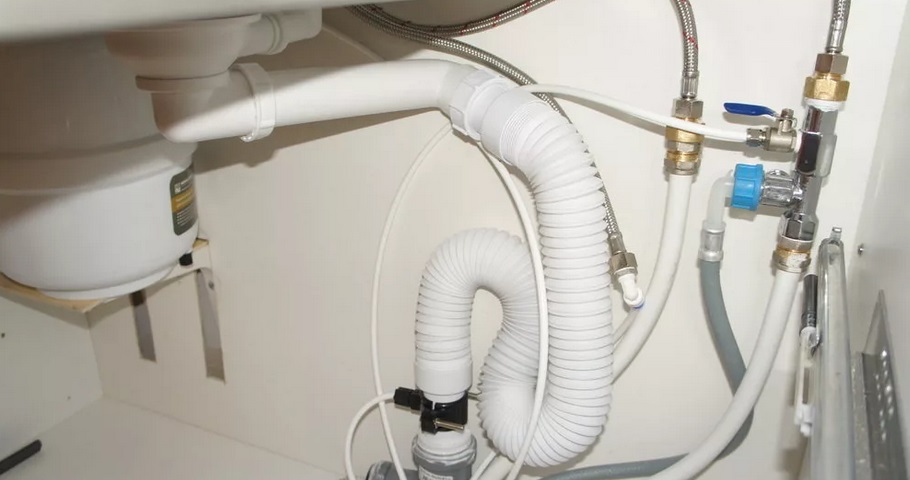
Therefore, it is still better to connect the automatic machine to cold water.The heating element will do its job perfectly and heat the liquid to the desired degree. If an automatic machine was already installed in the apartment, then the new “home assistant” will be easy to connect to the old output point. Having screwed on the inlet hose, all that remains is to open the shut-off valve and check whether the connection is leaking.
It’s a little more difficult when the bends are not prepared. Then it will be necessary to make an insert into the pipe, adapt a special tee tap and then connect the inlet hose of the washing machine. When independently connecting an automatic machine to house utilities, you need to know that:
- You should use the inlet hose included in the kit;
- the standard pressure in the water supply must be within 0.5-8 atmospheres;
- Be sure to provide a shut-off valve that can be used to shut off the water supply to the machine.
Advice for the future: it is always better to keep the shut-off valve in the closed position and open it just before starting the wash. This way you can avoid leaks.
Sewage disposal
The final stage is connecting the washing machine to the sewer. Some users do not want to do this and simply direct the drain hose into the bathtub or washbasin, where the used soap liquid is poured. The only advantage of this method is that you do not need to waste time connecting the corrugation. There are many disadvantages: firstly, it is unaesthetic. Secondly, this method of draining is unhygienic - the walls of the plumbing quickly become dirty, and you will have to constantly clean off the deposits. Thirdly, there is a possibility of touching the hose, and then all the water will spill out onto the floor.
It is best to connect the washer drain hose through a separate siphon fitting.
Almost all modern siphons have a special outlet for the washing machine - a fitting. At normal times it is closed with a lid. When connecting the drain hose, you must remove the plug, insert the end of the corrugation into the hole and tighten the connection with a special clamp. The instructions for the equipment describe in detail the rules for connecting the drain hose. The drainage hose should be located at a certain bend, this will prevent the foul odor from the sewer from entering the machine.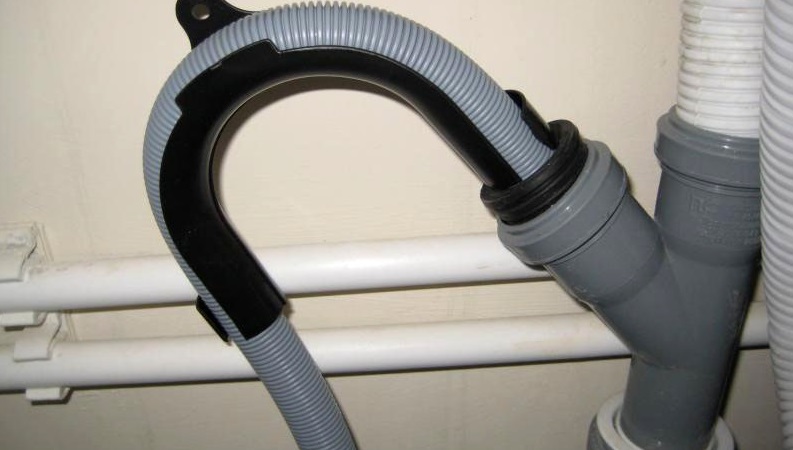
If you carefully study the instructions for the equipment and strictly follow all the recommendations, you can install the SMA yourself without any problems. Having completed the connection, all that remains is to run a test wash with an empty drum. The first cycle must be monitored at all times in order to immediately detect a leak or any other failure and promptly eliminate the malfunction.
Interesting:
Reader comments
- Share your opinion - leave a comment

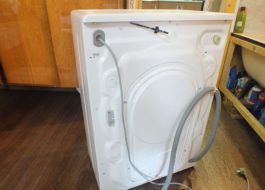


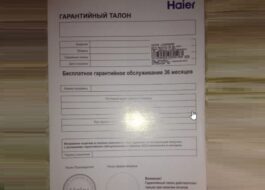
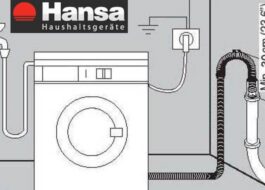
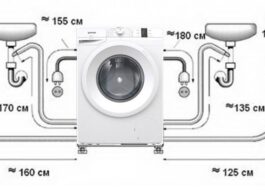














Add a comment